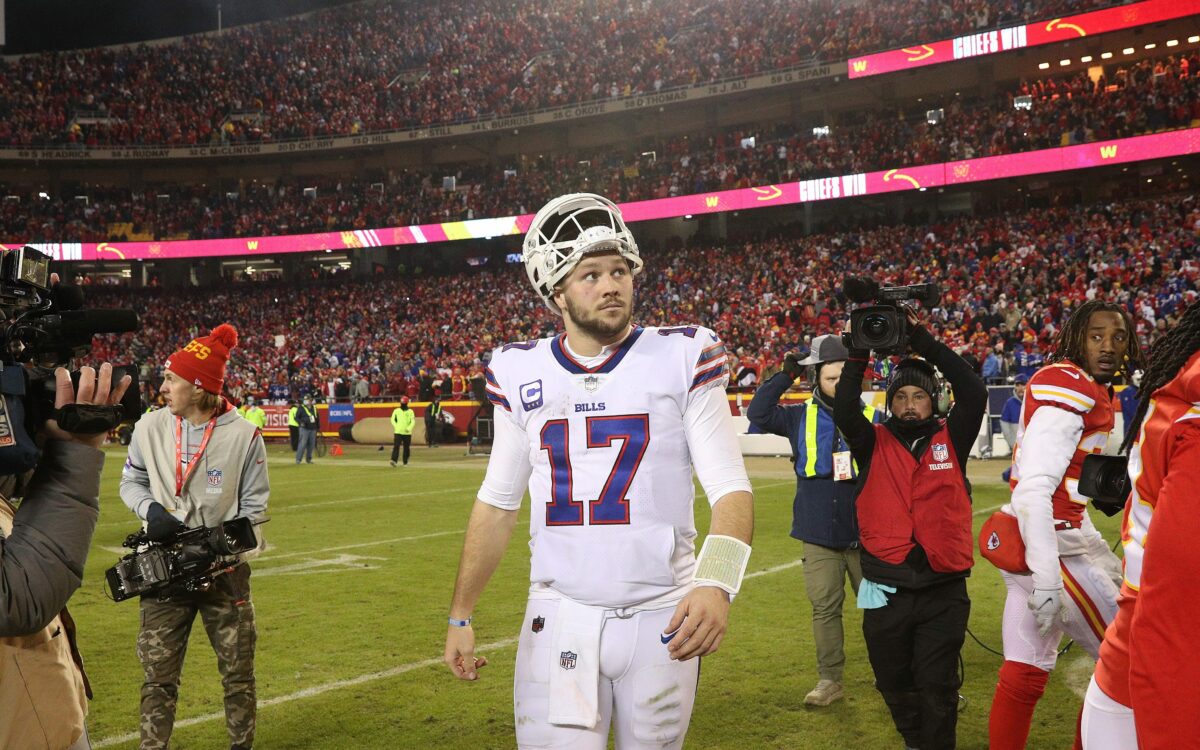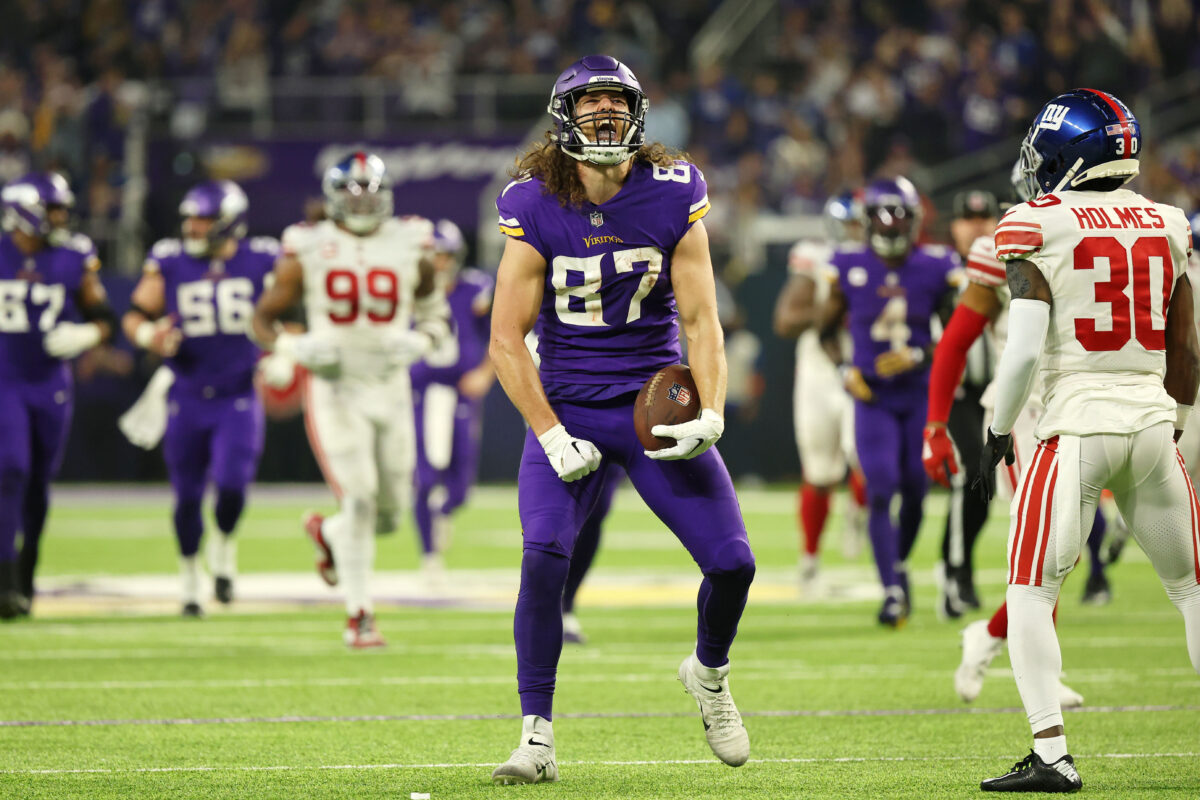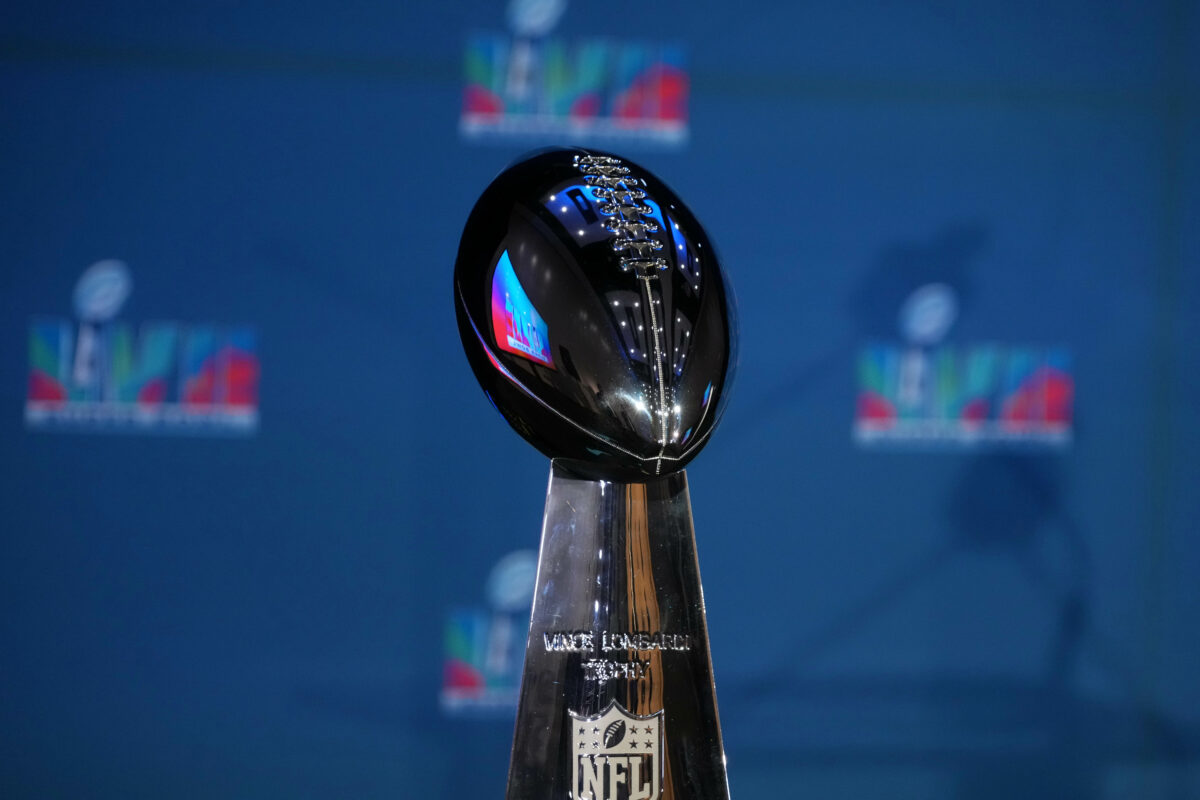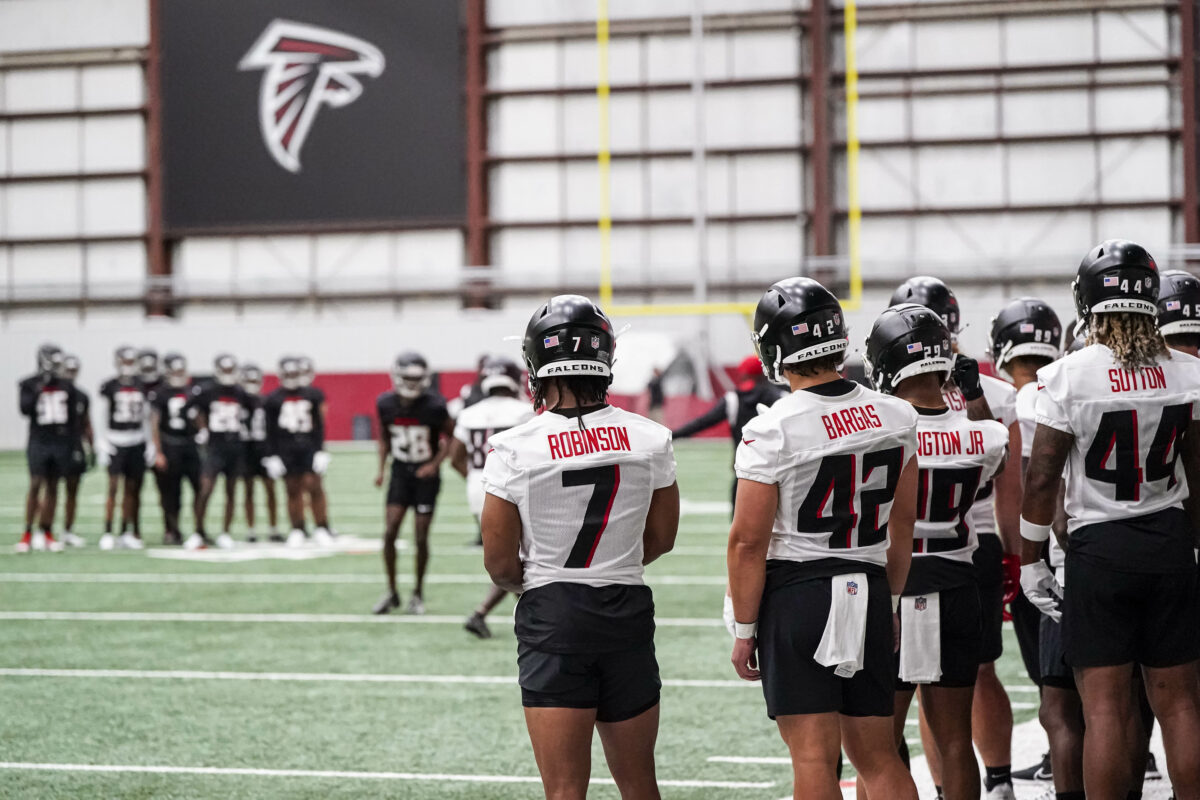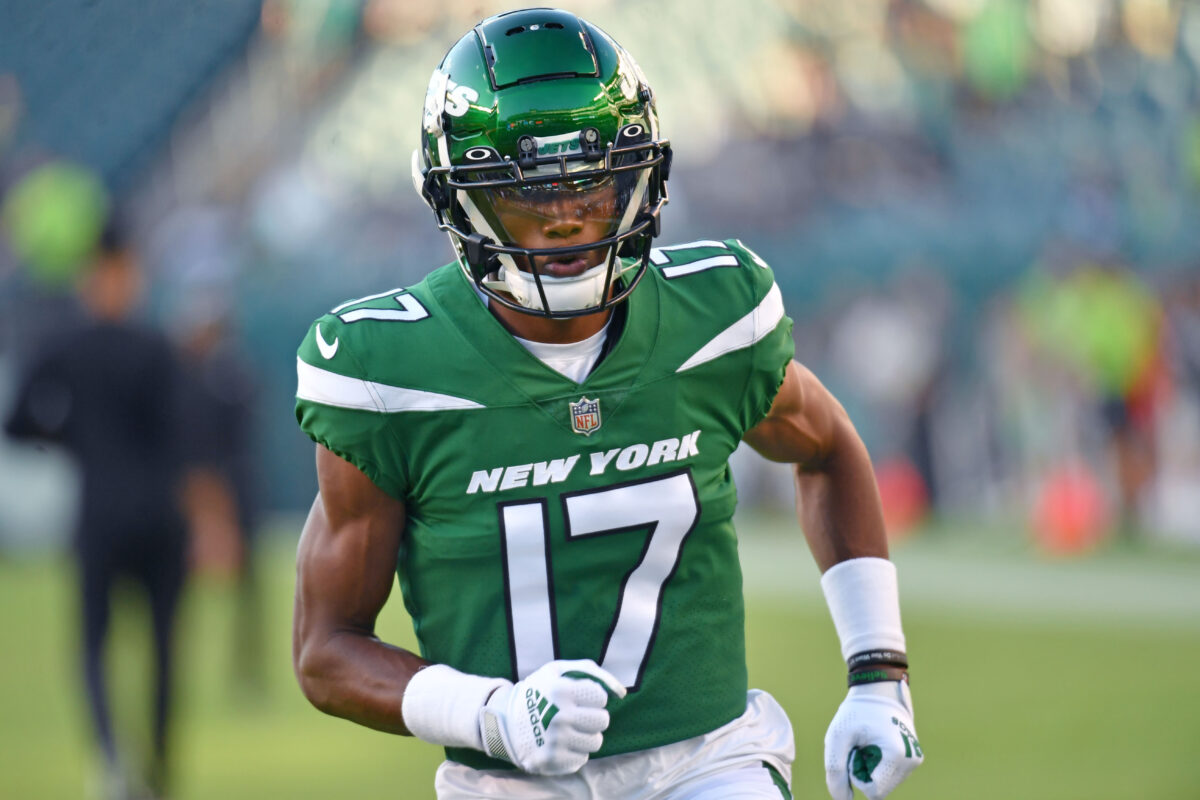The 2023 season is over, and it felt like a good year but not so much a great year. There were good surprises like Jordan Love, Brock Purdy and Sam Howell. There were jaw-dropping fantasy points from C.J. Stroud. But injuries and disappointments held their typical impact.
Let’s look how the fantasy position stacked up against other years and break down who did what. We’re considering the Top 10 quarterbacks from each year since they were the ones you should have been using.
Top 10 fantasy quarterback totals
When reviewing totals, it is relevant that the NFL went to a 17-game season in 2021, so an extra game is involved. That’s only about a 6% increase, so 1,000 yards would become 1,060 yards. With ten quarterbacks and 170 potential games, not that big of a deal.
The increase in games coincided with the top passing year or 2021, when the Top 10 quarterbacks averaged around 4,500 yards and Tom Brady and Justin Herbert both broke 5,000 yards. Only Patrick Mahomes did that in 2022. No NFL quarterback threw for over 4,625 yards last season. The pure passers of Justin Herbert and Kirk Cousins both had injuries that contributed. But 2021 had five quarterbacks throwing for more yardage than any 2023 quarterback. Passing stats were down.
What was up, and historically so, was the rushing totals. The trend has been increasing for fantasy quarterbacks and 2023 served up nearly double the rushes as we saw ten years prior. 2020 was a good year for rushing touchdowns, but was padded with the “tush push”. Quarterbacks ran in more scores than ever before.
Lamar Jackson, Josh Allen, and Jalen Hurts were the top runners and all were Top 10. Typical rushers of Kyler Murray and Daniel Jones didn’t play for half of the year and Justin Fields ran for 657 yards as second best but only played in 13 games and missed the Top 10. Bottom line, rushing the ball continues to grow in importance for top fantasy quarterbacks.
Top 10 quarterbacks: individual big games
The days of the prolific passers aren’t over, but they are taking a vacation. They peaked in 2021 thanks to that additional game which upped most of the passing categories for big-game stats. Again – these are just from the Top 10 fantasy quarterbacks, not from the position as a whole.
Odd too is that the number of Top 10 quarterback games with 50+ rushing yards dropped back. And Jackson owned seven of the sixteen. Quarterback rushing scores are up and the number of instances of a quarterback running in two scores has never been higher. Jalen Hurts bulldozed four double-score games as a rusher, and Josh Allen turned in three. Jackson only had two.
Using 35 points as the mark for a big game (300 pass yards, 3 pass or 2 rush TDs, and some rushing yardage) was a surprise when it only happened eight times for a ten-year low, and that with the extra game as well. Josh Allen and Lamar Jackson managed two each, but no other Top 10 quarterback had more than one.
So “monster games” were down significantly last year. What about 25-point performances for a “good game”?
Same phenomena. 2020 again shows up with the most “good games” with all that passing that year. And last year declined for the fourth straight season. So owning a Top 10 fantasy quarterback has been less advantageous to your weekly score and so far is dropping every season.
Rushing stats are undeniably higher at least for scoring. And the position overall is way up running the ball. Before discounting the position as throwing less, scoring fewer points and producing less 25 or 35-point games, let’s take a quick look at the individual level.
Top 3 QBs vs. 4th to 10th QBs
Last season, the Top 3 quarterbacks averaged lower than the last three years, but not that different than those previous years. But overall, the difference between a Top 3 quarterback and the rest of the fantasy starters is around 70 extra points.
The No. 1 quarterback has usually provided 100 more points than the tenth. In recent years, it skewed a bit higher but again, there was one more game that they could play.
Quarterbacks are different than any other fantasy position. You’ll only start one (usually) and yet they are likely the highest-scoring player on their team. And owning a Top 3 is not only a great advantage but doesn’t necessarily require one of the first three picks in your draft. Maybe not a first or second-round pick. Pretty good value there.
Lastly, we’ll move on from faceless numbers that can only provide a high-level overall trend of the position. Looking back at all of the quarterbacks that logged a Top 10 in the last five years. You could go deeper, but then you’re considering players who haven’t played for many years.
QBs with a Top 10 in the last five years
Last summer, the top drafted quarterbacks were Patrick Mahomes, Josh Allen, Jalen Hurts, and then Lamar Jackson. Almost always in that order, and of course, just like they performed the previous season. Mahomes had a down year, comparatively, but the other three richly rewarded their drafters.
There is movement yearly in the Top 10 for every position. The rule of thumb is that usually half of the Top 10 return the next year. Injuries prevented Joe Burrow, Kirk Cousins, Justin Herbert, and Justin Fields from repeating. But it is interesting that in the last five years, that ending up as a Top 5 quarterback in consecutive years is rare. Allen, Hurts, Mahomes and Deshaun Watson were the only ones to repeat and Watson last did it three years ago. Once again, Mahomes, Allen and Hurts were by far the best bet.
Lamar Jackson rebounded for his best season since 2019 and there are reasons to expect him to replicate that performance with OC Todd Monken apparently having unlocked how to use him.
The drafts in the summer will see the quarterbacks drafted in near order of how they finished last year, at least for the Top 10. The risk of getting it right grows quickly after the Top 3 are gone.
